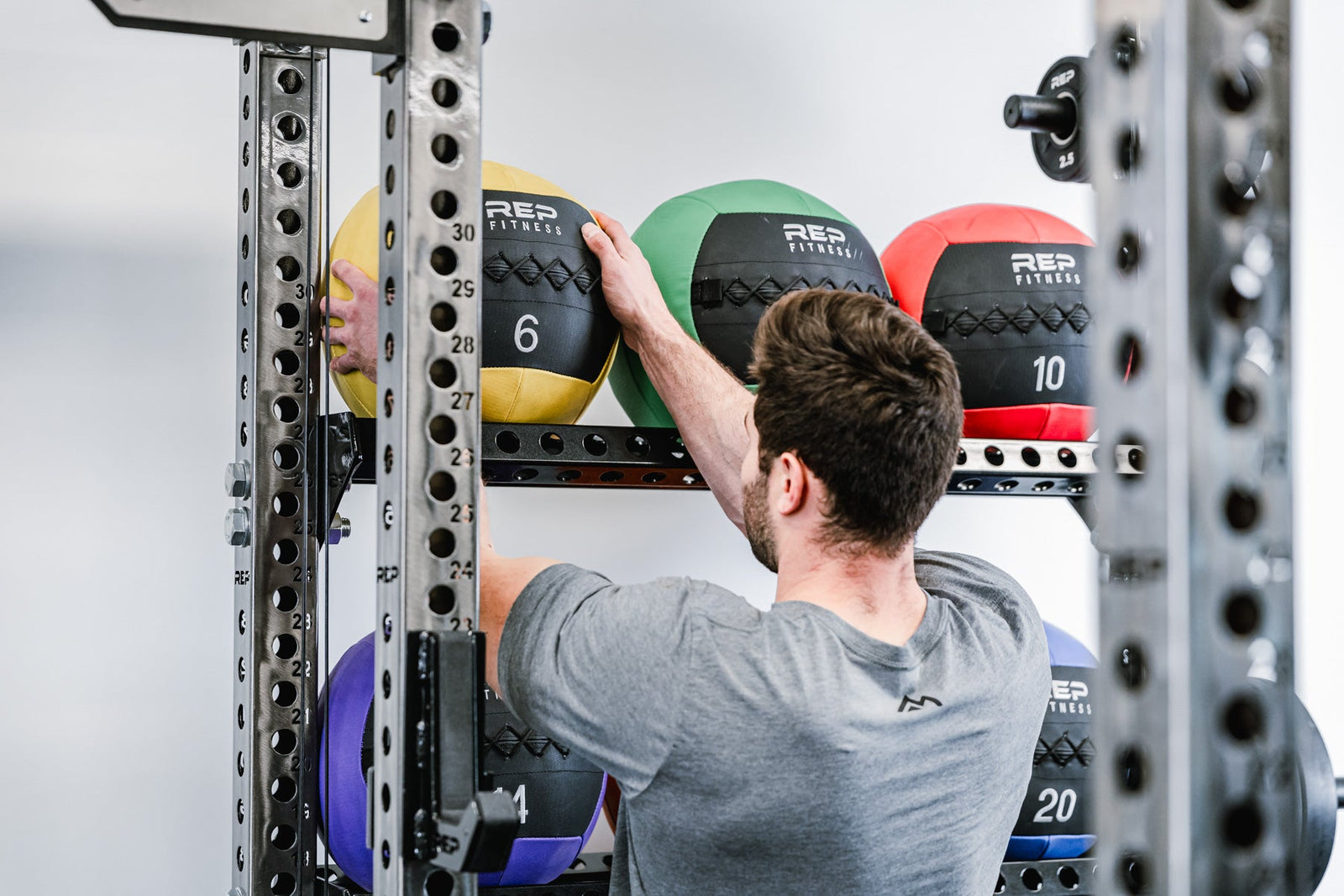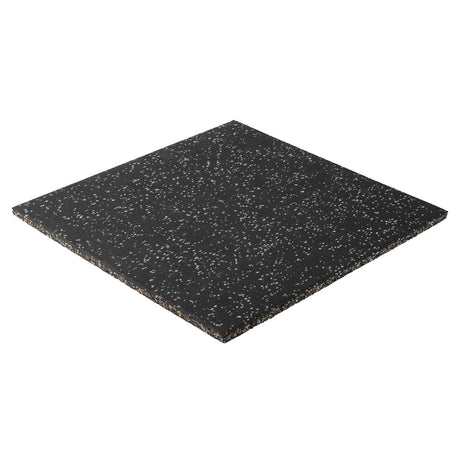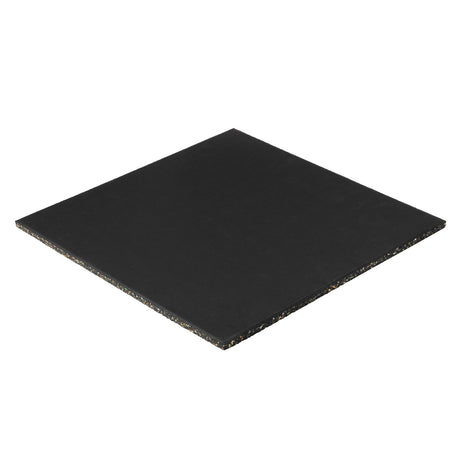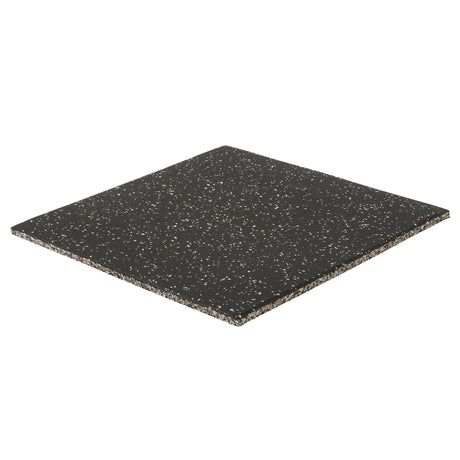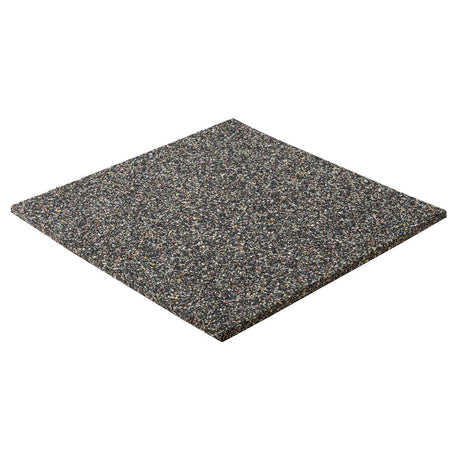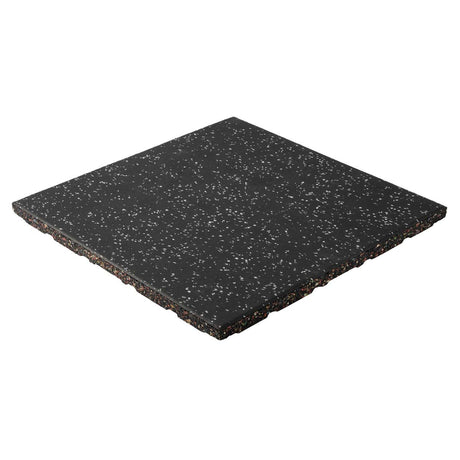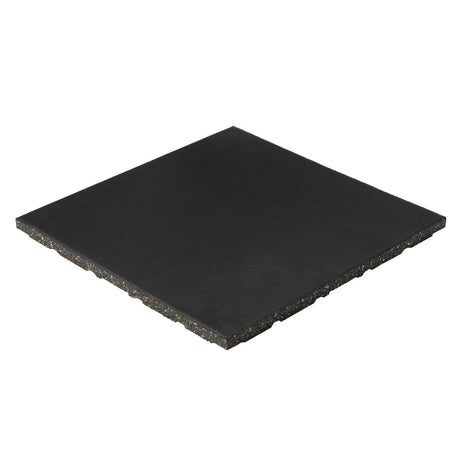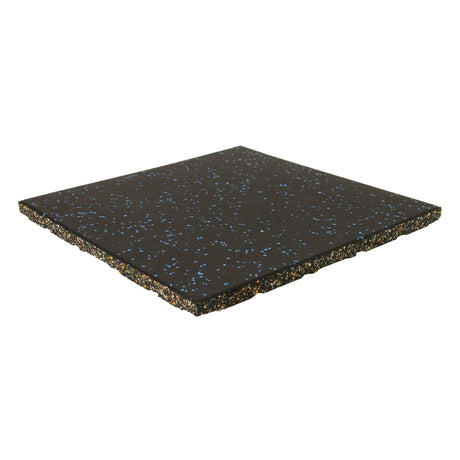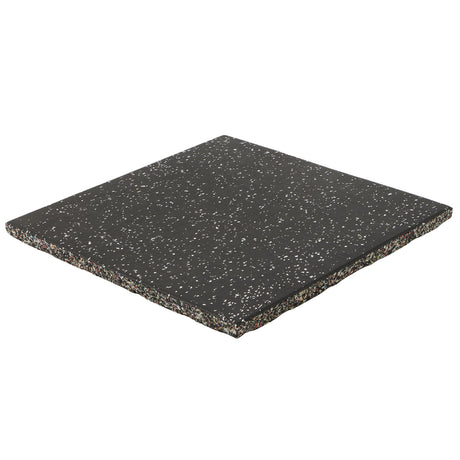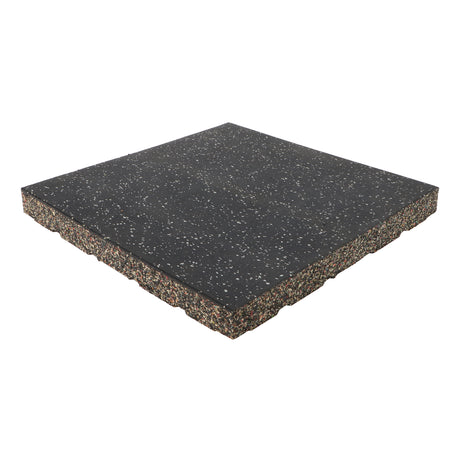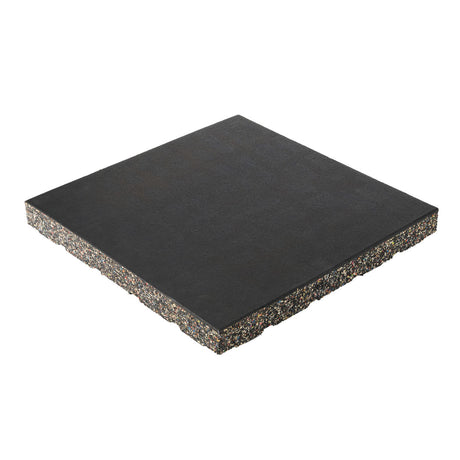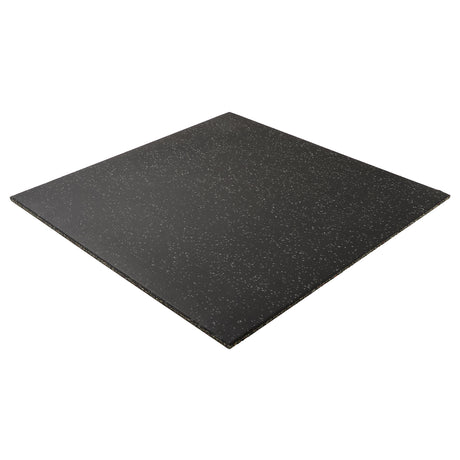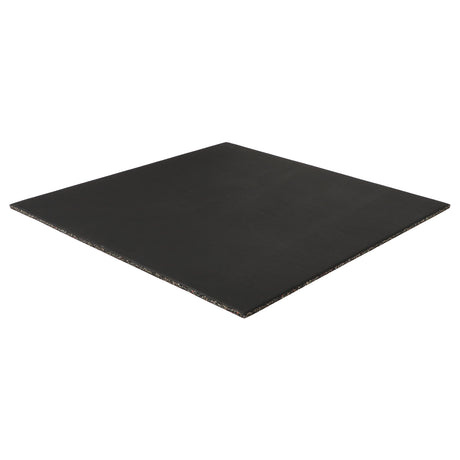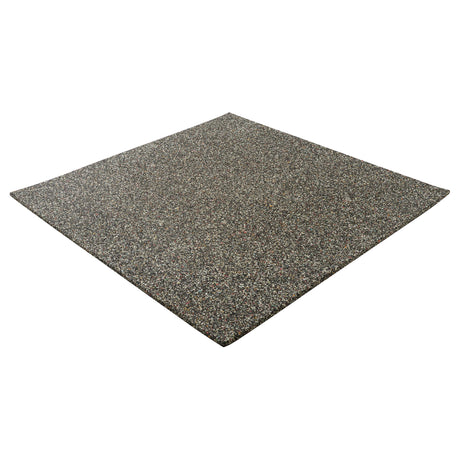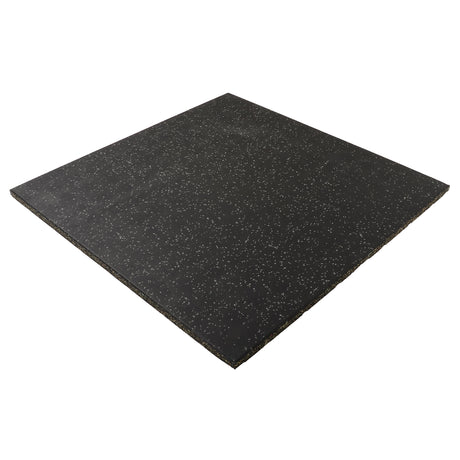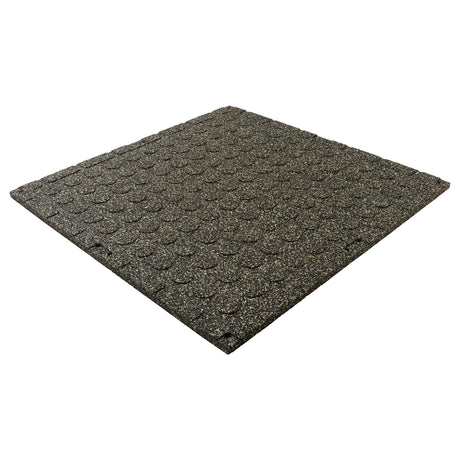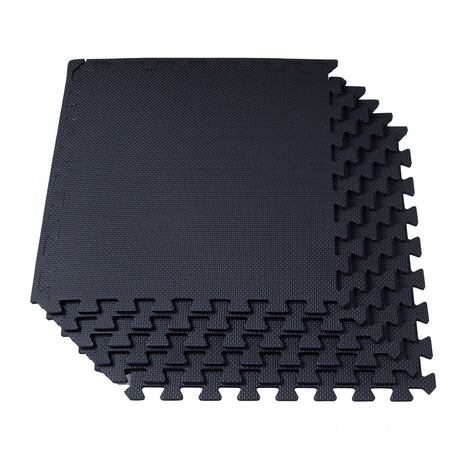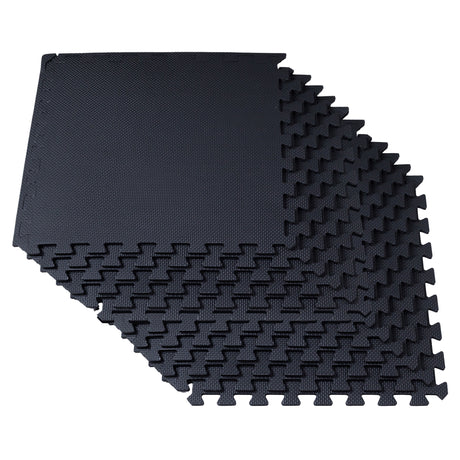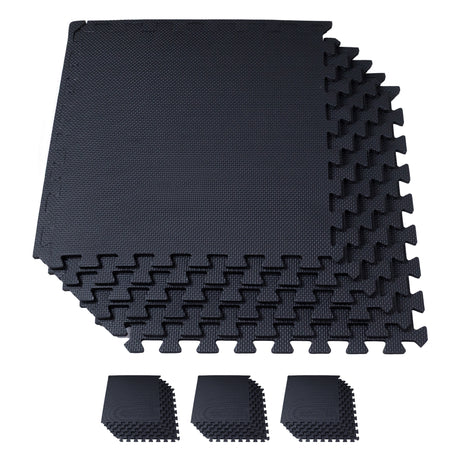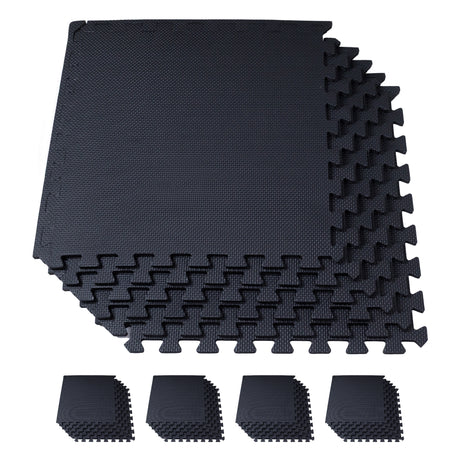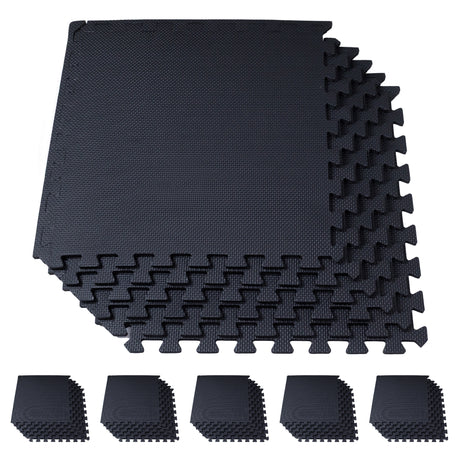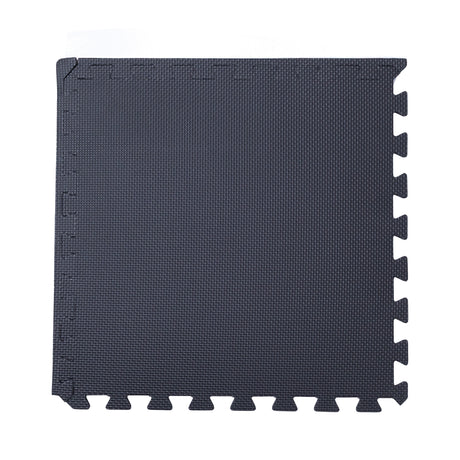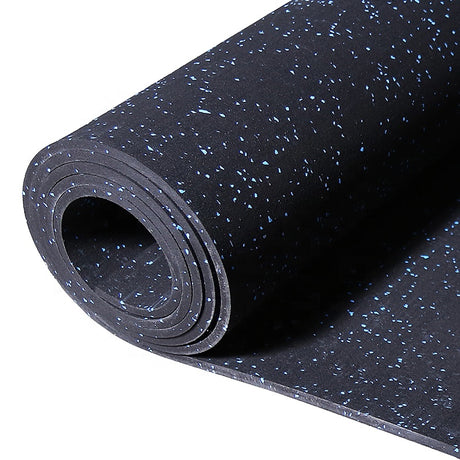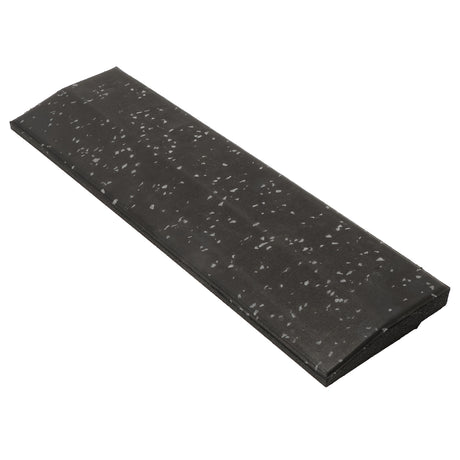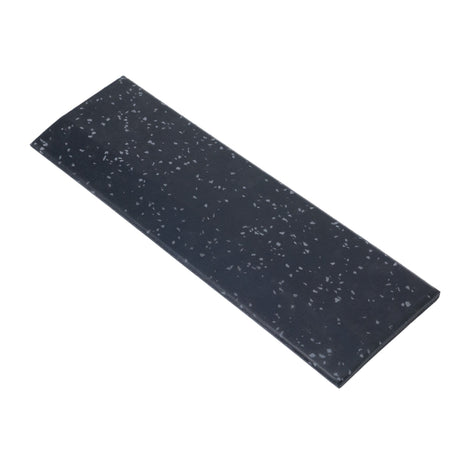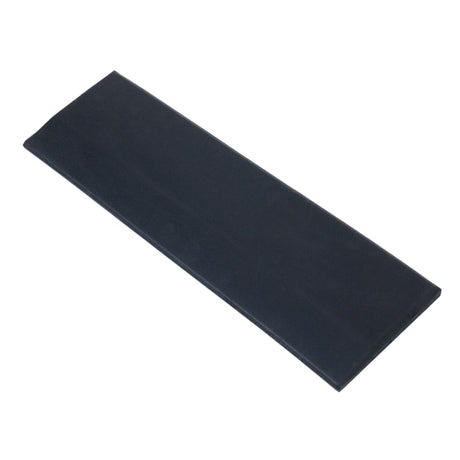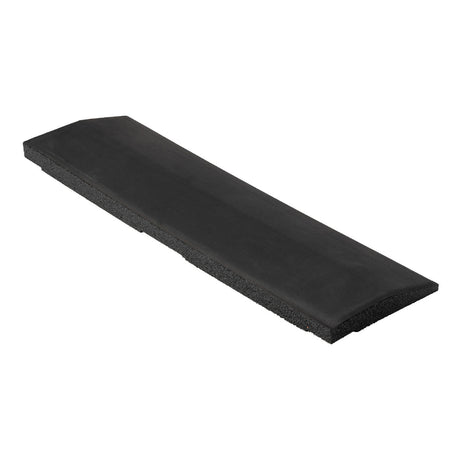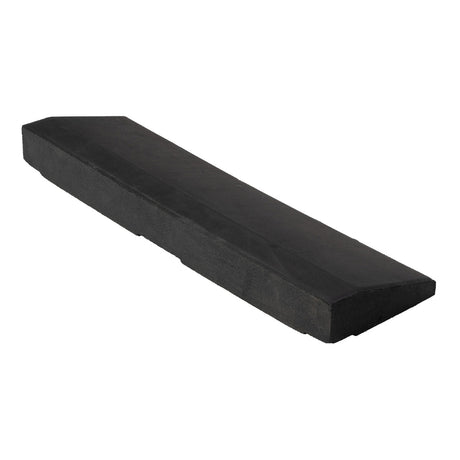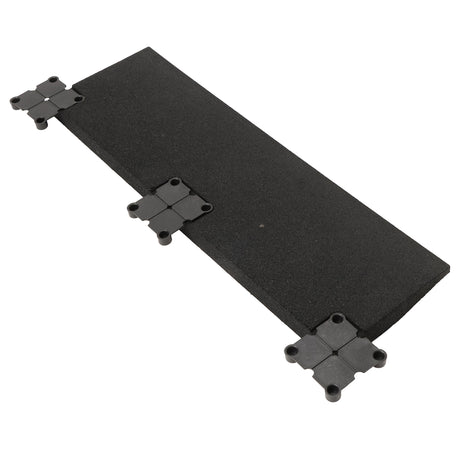In this article, we will introduce recommended training equipment for daily muscle training at home. By having training items that can be used at home, you can have a fulfilling workout.
- What equipment do you recommend for working out at home?
- What to pay attention to when buying equipment?
- What kind of training can I do at home?
We will explain which parts of your body can be effectively trained with each piece of equipment, so please read to the end.
The first training equipment you should buy

When you want to turn your home into a training room, the first piece of training equipment you should get is a rubber mat. Even at home, training equipment is heavy and if you drop it, the floor may be damaged. For example, your hand may slip and you may drop a dumbbell.
In addition, rubber mats not only protect the floor, but also improve the stability of your feet and improve the efficiency of your training. Even if you want to purchase a rubber mat after purchasing a lot of equipment, it will be difficult to lay the mats when the equipment is already there. First, get a rubber mat to solidify your footing.
17 recommended equipment for home muscle training
When training at home, it's difficult to use only large equipment just because it's a tool for training your body. We will introduce 17 items, focusing on equipment that is easy to use even in limited space. It is a must-see to remember the names of the equipment, as it will be useful when you need to get it.
Equipment 1: Training mat

The first step to making the most of your muscle training equipment is to stabilize your feet with a training mat. This is a useful tool not only for the weight training introduced in this article, but also for increasing the efficiency of bodyweight training that can be continued for long periods of time.
Many people have limitations on the amount of equipment they can place indoors. Training mats can be simply laid on the floor, so they don't take up space and can be used as the foundation for any training menu.
If you are looking for a high-quality training mat, be sure to check out GYMMAT's professional mats.
Equipment 2: Dumbbells

Once the floor is prepared, the next equipment we recommend is dumbbells. Dumbbells don't take up much space in the room and are easy to use because they are maintenance-free. They can be used for many movements, such as pushing, pulling, and rotating, so if you want to train at home, you'll want to have a few on hand.
The main menu using dumbbells is the dumbbell row, which involves lifting the dumbbell, and the dumbbell press, which involves lifting the dumbbell, and you can train the parts from the chest to the arms. Depending on the weight and menu, it can be used by anyone, from men to women.
When purchasing, be sure to choose a model with a weight that you can handle with proper form.
Equipment 3: Chin-up machine
A chin-up machine is an effective tool for training the latissimus dorsi. You often see people doing chin-ups on the horizontal bar in the park. A chin-up machine is a tool that allows you to do the same training at home.
In addition, some pull-up machines come with height adjustment features and hanging rings, which allow for more efficient training than a regular horizontal bar. When combined with leg lifting, this puts stress on the back and abdominal muscles, allowing for a well-balanced workout of the entire body.
It can also be used as a hanging exercise device to prevent back pain.
Equipment #4: Workout bench

A training bench is a piece of equipment that greatly expands the scope of your training. Its name changes depending on the functions it has, such as an incline bench or a flat bench. Using a training bench allows you to do three-dimensional training, so you can apply a higher load even when doing bodyweight training.
For example, if you put your feet on a bench and do a push-up, you can quickly turn it into a decline push-up, which can train your chest with a higher load than a regular push-up. Using a training bench also allows you to pull up dumbbell rows more stably and from a deeper position.
Tool #5: Tube

Training tubes are small pieces of equipment that allow you to focus on training your back. By adding resistance to the movement of stretching and contracting, you can use them to train a wide range of muscles, from your arms to your core and legs. By doing bent-bar rows, where you pull a tube in front of your body while stepping on it with your feet, you can work your back muscles without using dumbbells or barbells.
The tube can be adjusted to any length, so you can train many different parts of your body depending on your ideas. It is also effective for shaping up your legs and buttocks, so it is one of the most popular pieces of equipment among women.
Tool #6: Push-up bar

A great piece of equipment to help you do push-ups more efficiently is a push-up bar.
In normal push-ups, you place your hands on the floor and lower your chest. By using a push-up bar, you can lower your chest deeper than horizontal to your hands. The deeper you lower your chest, the greater the load on your pectoral and latissimus dorsi muscles when lifting your body, making push-up exercises more efficient.
Another benefit is that since you grip the handle tightly, it puts less strain on your wrists.
Tool #7: Abdominal Roller

The abdominal roller, also known as the "Ab Roller," is a piece of equipment that is widely recognized as fitness equipment by people other than trainees. By using the abdominal roller, you can train not only your abdominal muscles but also your core in a wide range of areas.
Gravity causes the abdominal roller to move away from your body, but by using your core to hold it in place, you can stimulate your entire abdominal muscles. Try to keep your buttocks and legs close together, and aim for 10 repetitions per set.
Equipment 8: Balance ball

Balance balls are a popular balance-strengthening device among the elderly. Because maintaining balance requires using the core, they can also be considered a core training device.
If you create an unstable position by lifting your feet while standing on a balance ball, you can train your core to keep your balance. If you do push-ups with your feet on the ball, it becomes a decline push-up, and at the same time, you use your core to keep your balance, so you can train your core muscles efficiently.
Equipment #9: Kettlebell

Kettlebells are training equipment that are held like dumbbells. They have a handle like a kettle kettle, with a weight at the end. Because the weight is located away from the hand, it is easier to apply pressure to them than dumbbells, and they are suitable for larger movements.
While you should be aware of your surroundings, kettlebell swings, for example, are effective for muscle building and weight loss as they work the large muscles from your shoulders to your thighs.
This equipment has similar characteristics to dumbbells, so you may want to purchase it once you have become familiar with dumbbells.
Tool No. 10: Hand Grip

Hand grips are a convenient tool for strengthening your grip. They are simple to use, and involve repeating the action of squeezing and releasing. They can be purchased for around 1,000 yen each, and models of various weights are available.
Since it can be used in small gaps of time, it is a popular tool among people who are not serious about training. As your grip strength improves, it also becomes easier to train with dumbbells, so it can be used as an auxiliary for other training.
Tool 11: Medicine ball

Medicine balls are heavy balls like basketballs. If you want to throw them indoors, you will need to take measures such as using a net to protect the walls and soundproof them. In addition to throwing them, medicine balls allow you to do a variety of training menus in combination with bodyweight training.
For example, the Russian twist, which involves sitting upright and repeatedly placing a ball on the floor on either side of the body, can be more strenuous if you use a medicine ball.
If you want to train outside of your home, grab a medicine ball and head to the park. Kill two birds with one stone by getting some exercise and relaxing.
Tool 12: Abmat

The Ab Mat is a semi-cylindrical mat that has the effect of arching the surface of the body when it is placed on it. When doing sit-ups, a common abdominal exercise in club activities, placing the Ab Mat on your back deepens the downward angle of your back, increasing the strain on your upper body as you lift it up.
It can be used for a wide range of bodyweight training exercises that involve lifting the body, such as side crunches and reverse crunches, so it is recommended for those who want to do efficient muscle training, focusing on bodyweight training.
Tool #13: Foam roller

A foam roller is a cylindrical training tool with a hollow center. Like the Ab Mat mentioned above, it is used by placing it under your body. Place the part of the body you want to loosen on the roller and move in the direction of the roller's rotation axis.
It may be more appropriate to call the foam roller a health tool rather than a training tool. The stimulation of the roller is effective in promoting blood circulation and relieving stiffness, so it is good to use it for warming up and cooling down before and after training.
Tool 14: Skipping rope

A jump rope is an effective item for strengthening the muscles of the whole body and promoting blood circulation. Because it involves repeated jumping, it is often thought of as a leg workout, but because it is a device that uses the springs of the whole body, it is characterized by its high fat burning effect.
Jumping rope is effective not only for training the legs and core, but also as an aerobic exercise. By adding variations such as single-leg jumping and double jumping, you can change the intensity and the parts of the body you train. It is the cheapest training equipment available, so it is recommended for those who are considering training at home.
Tool #15: Hip Band

The hip band is a training device that tightens the buttocks and legs by repeatedly opening and closing the legs. By changing the position of the band to the ankle, knee, or thigh, you can increase the variety of your training menu.
You can also train a wide range of parts of your body, from your ankles to your back, by opening your legs in different directions, front to back, left to right, or by stepping on the band and lifting it with your hands. It requires almost no storage space, so it's recommended for those who want to train at home with minimal equipment.
Tool 16: Balance disc

A balance disc is a more compact form of core training equipment than a balance ball. Because the balance disc itself is unstable, you can expect training effects even when just sitting or standing.
Since standing on a balance disc does not put a lot of strain on the body, it is a good idea to use it for warming up or to utilize your spare time. It does not take up much space, so it is recommended for those who have difficulty keeping a balance ball at home.
Equipment #17: Water Weights

Water weights, also known as water bags, are training equipment that use bags filled with water as weights. The weight can be changed by changing the amount of water placed inside.
By adding water, an amorphous weight, to bodyweight exercises such as lunges and squats, you can apply an unstable load different from that of dumbbells. The center of gravity of the weight changes according to the movement, so the load on the core increases in order to maintain balance.
Recommended home workout menu
Once you have all the equipment you need for the workout you want to do, it's time to start training. We'll show you some easy workouts that use the equipment introduced in this article.
Menu 1: Squat-based menu

Squat exercises are also known as the "king of training" because they can be done without equipment. They are also effective in improving your metabolism because they train the large muscles in your lower body.
Squatting using your own body weight is effective, but you can increase the load even more by using a training tube. If you step on the tube with both feet and hold the tube around your back in front of your shoulders while squatting, you can put a lot of strain on your thighs.
There are many variations in squat menus, so if you want to train your lower body, be sure to check out the article below.
≫ Workout at home without equipment! A list of bodyweight training menus recommended for beginners
Menu 2: Plank menu

The plank, a core training exercise that is popular among women as a home workout, is a menu that can train the core of the body widely. If you do the side plank or reverse plank, you can also train the external oblique muscles of the side abdomen and the muscles of the back.
When doing a plank, be aware that your body is in a straight line. If your hips lift up or your hips touch the ground when doing a side plank, the effect will be reduced. If you have difficulty maintaining the plank position due to your muscle strength, you can start by kneeling on the floor.
Start with 3 sets of 20 seconds as a base, and as you get more comfortable, try increasing the time per set and load.
Menu 3: Push-up menu

There are many variations of push-ups, which can be used to train a wide range of muscles from your arms and chest to your back. By simply changing the width and direction of your hands, you can create variations such as diamond push-ups and wide push-ups.
Another feature of push-up exercises is that they can be made even more versatile by using equipment. For example, if you use a training bench to increase the height, you can do incline push-ups by placing your hands on the bench, and decline push-ups by placing your feet on the bench.
If you want to increase intensity and take some of the strain off your wrists and elbows, you can also use a push-up bar.
Menu 4: Dumbbell training

Using dumbbells allows you to do serious weight training. You can train a wide range of your upper body with exercises such as dumbbell rows, where you pull up the dumbbells, and dumbbell flys, where you lift and move the dumbbells.
At first, it is better to choose 3-5kg dumbbells rather than choosing something too heavy. If you choose a heavy dumbbell when you feel like you want to increase the load, you can smoothly improve your training efficiency. Since you may need to change the weight depending on the menu, having several sets will allow you to train without stress.
Since it can be stored in a small space, we recommend that those who want to start serious about home muscle training get one as early as possible.
Menu 5: Training using a training bench

The training menu using the training bench is characterized by the fact that it allows you to perform three-dimensional movements in a stable posture. The menu is diverse, ranging from weight training such as seated side raises, where you sit and lift dumbbells to the left and right, to step-ups, where you repeatedly get on and off the bench.
If you use an adjustable bench, you can freely change the angle of the bench, so you can change the load and menu depending on the angle. There are many menus that you can do without a training bench, but if you have a bench, the number of menus you can do increases dramatically depending on the height and angle.
This is a must-have piece of equipment for anyone looking for a workout that never gets boring.
How to choose home workout equipment

For those who are new to training, we will introduce how to choose equipment that you will not regret. By understanding what you need to buy and understanding the points to consider, you will be able to see what equipment you need.
Method 1: Choose according to the area you want to train
First, check the menu that works on the part you want to train and make a list of the minimum equipment. Since there is a limit to the equipment you can place at home, you should choose the items you really need rather than buying a set.
For example, if you want to train your shoulders and chest, you should start with a rubber mat and dumbbells, while if you want to focus on training your lower body, we recommend training tubes.
On the other hand, for the sake of your health and safety, it is important to train your whole body in a balanced way. Avoid training one area too much, and make time to rest your muscles.
Method 2: Decide based on the space in your room
Some people may be considering installing training equipment or other large-scale facilities. Since the space in a room is limited, we recommend that you secure ample space before trying to install everything.
Training equipment takes up a certain amount of space even at home. You need space to move around the equipment when you train, so don't let the equipment fill up your room.
If you want to know more about how to use space, check out our in-depth article.
Tip 3: Check the price and reviews
Once you have confirmed that you can fit the equipment that matches the part of your body you want to train in your room, check the price and reviews. When purchasing online, you may end up with a poor quality product because it is "cheap," or you may get excited and buy an expensive product.
To avoid the mistake of running out of budget that was supposed to be used for other equipment, always keep an eye on the latest information when purchasing equipment online.
Tip 4: Check for warranty
When purchasing equipment, check whether it has a warranty. Dumbbells and tubes are one thing, but training benches and other equipment with many parts are industrial products with many parts that can break down.
When you buy equipment, you want to be able to use it for a long time with peace of mind. Depending on the store or website you purchase from, you may be able to receive a shop warranty in addition to the product warranty. If you are not confident that you can repair the equipment yourself, purchase a product with a warranty that you can use with peace of mind.
Choice 5: Consider whether you can manage it yourself
Training equipment needs to be maintained and inspected while in use. Even if the equipment seems useful at first glance, if you cannot maintain it yourself, it will become a large ornament in the long term. We recommend that you check the equipment and tools required to maintain the equipment you are considering before purchasing it.
Consider the layout of the room and whether you can replace parts that wear out due to movement, tighten screws that loosen over time, etc. If you are short on time, you can also hire an outside inspection company.
Tips for home workouts

To get the most out of your at-home muscle training, you need to make sure you have fun and keep doing it. Enjoy a comfortable training life that doesn't bother those around you and that you won't regret.
Point 1: Continuity is important to get results
In order to get in shape, consistent training is more important than having great equipment. Create a system that makes you want to continue training every day. Since muscle training at home is just a means to an end, combining it with the gym to refresh your mind is also a way to continue.
One of the main reasons why people regret training at home is that they lose motivation. If you don't want to regret your home gym, please read the following article.
Point 2: You need to be careful not to cause trouble to your neighbors or family.
Training at home involves making loud noises and having to carry in large items. To train comfortably, you need to take measures such as soundproofing so as not to disturb your neighbors or family.
If you are renting, if you damage the floor, you may have to pay for restoration costs. Be sure to protect your floors to protect yourself as well as others. We also have a detailed article on floor damage, so please take a look if you are interested.
Tip 3: Create a fun exercise environment
To continue training, you need a fun environment. The advantage of training at home is that you can create an environment that suits your taste. Make sure you love the time you spend pushing yourself, such as by putting out goods of your favorite characters or playing your favorite music.
Equipment may be available for rental, so if you get bored of it, you can rent different equipment to keep your training feeling fresh.
Tip 4: Train your whole body in a balanced way
During training, try to do a variety of exercises to train all the muscles in your body. If your muscles are unevenly developed, not only will your training be less efficient, but you will also be more susceptible to injury.
In addition, training the whole body in a balanced way will promote blood circulation throughout the body, and you can expect to improve your metabolism and lose weight. Well-balanced muscles are also beneficial for creating a beautiful-looking body. Create a menu that trains the whole body, focusing on the parts of the body you want to train.
Tip 5: Get the equipment you need in order
The first equipment you buy should be limited to the equipment you need to perform the menu you want to do. When you think about making a home gym, you will see a lot of different equipment, but you don't need to buy a lot of equipment.
All you need to get at first is soundproofing and floor protection, minimum equipment and motivation. Train the parts of your body that don't require equipment with bodyweight training, and add more equipment where you feel you need more, and you'll be able to train without regrets.
Create a comfortable training environment by gathering the best equipment for your home workout
In this article, we introduced 17 types of recommended muscle training goods. By using training equipment, you can achieve a more intense menu compared to bodyweight training without equipment. Even a single tube can greatly expand the range of training, so if you want to train at home, please consider it.
Also, if you are buying training equipment, the first piece of equipment you should get is a rubber mat. GYMMAT stocks high-quality mats specifically for training, so be sure to check out their website before you set up other equipment and it becomes difficult to move around.
